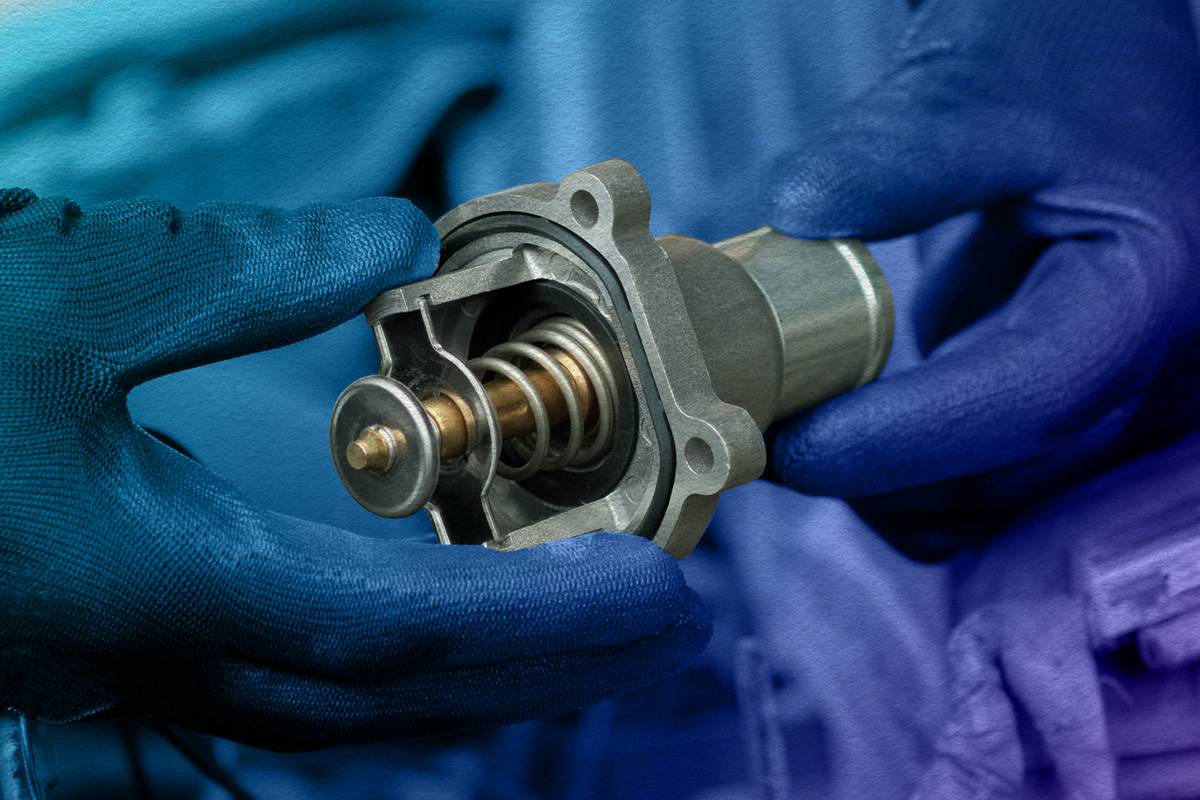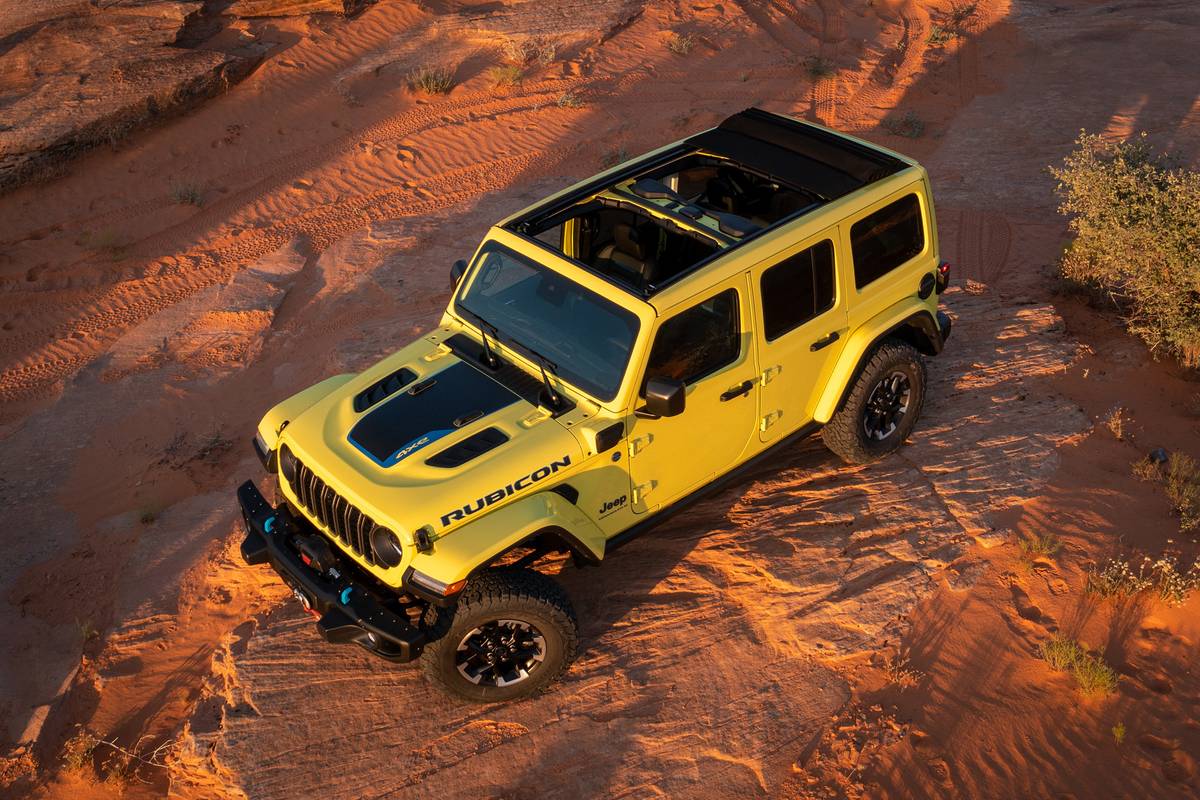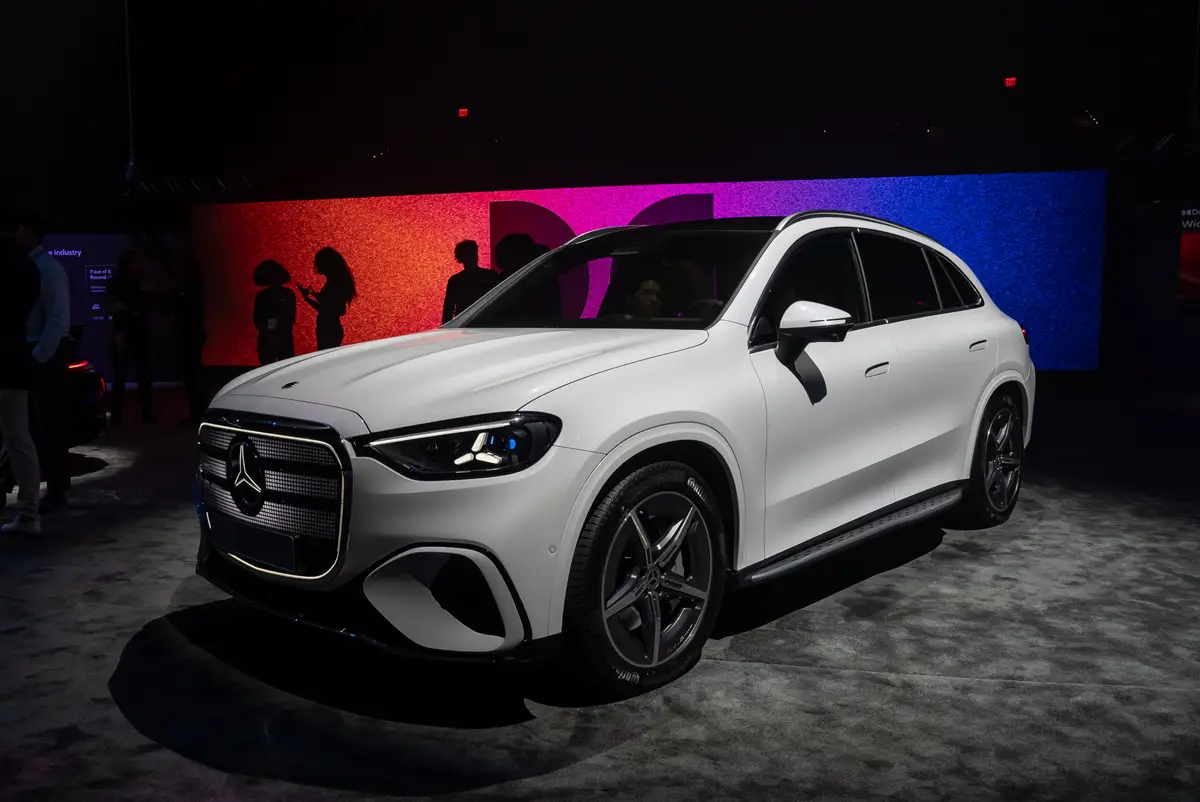Star-Telegram.com's view
The newest generation of the Tacoma pickup is now arriving at Toyota dealerships, completely redesigned and larger than ever. In fact, it has grown to where it could easily be considered a full-size pickup, rather than a compact or even a midsize, as the previous generation was sized.
It’s five inches longer and four inches wider than the Tacoma it replaced, and some versions have wheelbases longer than base models of the full-size Chevrolet Silverado/GMC Sierra, Ford F-150, and Dodge Ram.
Our test model – the Double Cab version with long bed – has a longer wheelbase than the base Tundra, and at 140.9 inches, its wheelbase is a third of an inch longer than that of the longest Tundra.
And with all of its refinements, particularly inside the cabin, this is the most carlike Toyota pickup ever.
The Double Cab model actually is more like a midsize SUV with the rear cargo area replaced by a pickup bed.
The passenger compartment is very similar to what you would find in a 4Runner; the only major difference being that any cargo carried in the back would be in the open and unprotected, at least without an optional cargo-bed cover.
As I’ve said before, this means that Toyota will have to grow the Tundra a bit longer than it is now just to be able to continue calling it “full-size,” especially if the company continues referring to the Tacoma as a “compact,” as it does in media materials handed out to journalists in conjunction with the introduction of the ’05 Tacoma.
One thing is for sure: This truck is a far cry from the cute junior-size pickups that Toyota and other Japanese automakers introduced to the U.S. market in the 1970s.
Those are gone now, as are their compact prices. Those trucks once were popular with first-time new-car buyers because they cost less than the cheapest small cars.
Even the previous-generation Tacoma was much bigger than those, and just as Dodge has done with the redesigned 2005 Dakota, Toyota has moved the once compact Tacoma into a much bigger class.
Unlike the Dakota, however, which comes only in “big,” there are shorter versions of the Tacoma on par with other compacts on the market, such as the Chevrolet Colorado, GMC Canyon and Ford Ranger.
The base 2005 Tacoma, with the so-called B-cab configuration (no back seat), measures 190.4 inches overall, with a wheelbase of 109.4 inches – still a couple of inches shorter than the shortest Canyon/Colorado and Ranger.
The middle-size version, the Access Cab (with a small rear seating area), measures 208.1 inches long, with a 127.2-inch wheelbase. That’s two inches longer than the longest Canyon/Colorado.
What probably will be the best-seller, though, is the Double Cab model, which measures 221.3 inches long with a wheelbase of 140.9 inches. Bringing out a Tacoma this big seems to fit with the Texas philosophy that “bigger is better.” It’s almost 15 inches longer than the wheelbase of the biggest Canyon/Colorado.
Tacoma prices begin at $13,980 for the four-cylinder regular-cab model and $17,385 for the Access Cab versions, including freight. But to get the Double Cab, the fare is a bit higher, beginning at $22,240 for two-wheel drive and $24,435 for four-wheel-drive versions.
Our test model, the four-wheel-drive version with the long bed, carried a base price of $25,845 (including freight), and with options, including some tacked on by the regional distributor, Gulf States Toyota, it topped out at $28,569.
With its bright red paint and long profile, our Tacoma was clearly visible from almost any direction, and with its sophisticated four-wheel-drive system, it also was able to go just about anywhere we wanted to take it.
Although regular-cab and Access Cab models can be purchased with four-cylinder engines, the Double Cab comes only with a V-6. Unlike the Dakota, though, no V-8 option is offered in the Tacoma.
Consumers who want a full-size pickup with a V-6 engine now have two choices from Toyota: the Tacoma or the entry-level V-6 version of the Tundra. But if they want a real full-size truck, complete with V-8 power, they’ll have to step up to the Tundra V-8. Toyota has said that it plans to introduce heavy-duty versions of the Tundra once production gets ramped up on the next-generation model in San Antonio in 2006, and perhaps that’s when the Tundra finally will get the respect it deserves from consumers who buy the bigger trucks such as the Ford F-250/350 Super Duty, Dodge Ram Heavy Duty and Chevy/GMC 2500/3500.
For now, though, the Tacoma might be competing against the Tundra for buyers who can live with V-6 power. Built at the joint Toyota-General Motors plant in Fremont, Calif., which also builds the Toyota Corolla and Pontiac Vibe, the 2005 Tacoma is sold only in North America.
The base engine is an all-new 2.7-liter inline four cylinder, replacing the 2004 Tacoma’s 2.4- and 2.7-liter four-cylinders. It is rated at 164 horsepower and 183 foot-pounds of torque, and will be offered with either a five-speed manual or four-speed automatic transmission carried over from the current model.
Because it was a Double Cab, our test truck came with the 4.0-liter V-6 engine, which also is new for 2005 in the Tacoma line. It is based on the V-6 that Toyota introduced on the redesigned 2004 4Runner midsize SUV, and which also powers the base Tundra.
This engine is rated at 245 horsepower and 282 foot-pounds of torque, up 50 horsepower from the previous Tacoma’s V-6 engine. And even though it is just a V-6, it has more horsepower than the new Dakota’s 4.7-liter V-8.
The Tacoma V-6 is offered with a new five-speed automatic transmission or a new six-speed manual gearbox.
Our test truck came with the automatic, which raises the price $880 over that of a manual model (although the manual gearbox is apparently not offered with the long-bed versions of the Double Cab, just with the short-bed models.
The difference in bed length is just a foot – the short bed is 5.3 inches long, the long bed is six-and-a-half feet. Regular-cab models with only a front seat come with the long bed, as do the Access Cab models, which have a small rear seat.
Also new for 2005 on four-wheel-drive models is a redesigned transfer case with electric shift and a lockable rear differential, both of which were included on our test truck.
The two-speed transfer case allows for serious off-road driving, something that the Tacoma and its predecessors have long been known for. Four-wheel drive is offered in all cab sizes.
Standard features on all 2005 Tacomes include front disc/rear drum brakes with standard antilock system and electronic brakeforce distribution and emegency brake assist. That system applies full, hard braking when it detects the driver engaged in a panic-stop situation. A new dashboard and electronic gauge cluster are part of the redesigned Tacoma interior.
Other features on our four-by-four Double Cab model were power rack-and-pinion steering, air conditioning, 60/40 split-folding rear bench seat, deck-rail tiedown system, cloth front bucket seats with fold-flat passenger seat, power windows/mirrors/door locks, AM/FM/compact-disc stereo with six speakers, tilt and telescopic steering wheel, and LED gauges.
Our truck came with a factory option package ($1,525) that added remote keyless entry, cruise control, variable-intermittent wipers, fog lights, chrome grille surround and rear bumper, color-keyed front bumper and overfenders, sliding rear window with privacy glass, metallic trimmed instrument panel, leather-wrapped steering wheel, and sunvisors with mirrors and side extenders.
Distributor-added options were a security-system upgrade ($299), aluminum-wheel upgrade ($770), and carpeted floor mats ($180).
EPA fuel-economy ratings are about average for this class: 17 miles per gallon in the city and 21 mpg on the highway.
The company expects to sell about 170,000 of the new Tacomas annually, with 70 percent equipped with the V-6 engine.
2005 Toyota Tacoma Double Cab pickup
The package: Midsize, four-door, five-passenger, V-6 powered, two- or four-wheel-drive pickup. Highlights: Toyota’s once-compact pickup line enters a new generation for 2005, bigger and more carlike than ever. Ride and handling are carlike, power is excellent from the V-6, and quality and dependability are what you would expect from Toyota. Negatives: No optional V-8 engine is offered; truck can get pricey with options. Length: 208.1 inches (short bed) or 221.3 inches (long bed). Curb weight: 4,035-4,100 pounds. Engine: 4.0-liter V-6. Power/torque: 245 horespower/282 foot-pounds. Transmission: Six-speed manual or five-speed automatic. Brakes, front/rear: Disc/drum, power, antilock. Payload: 1,350-1,540 pounds. Towing capacity: 6,500 pounds with optional towing package; 5,000 pounds with standard factory hitch, 3,500 without. Major competitors: Ford Ranger/Mazda B-series, Chevrolet Colorado/GMC Canyon, Dodge Dakota, Nissan Frontier. EPA fuel economy: 17 miles per gallon city, 21 highway (4-wheel drive). Fuel capacity/type: 21 gallons/premium unleaded. Base price: $21,675 plus $595 freight (2-wheel drive, manual, short bed); $25,250 (4-wheel drive, automatic, long bed), plus freight. Price as tested: $28,569, including freight and manufacturer and distributor options (4-wheel drive, long bed). On the Road rating: ***** (five stars out of five). Prices shown are manufacturer’s suggested retail. Actual selling price may vary according to manufacturer and/or dealer incentives, rebates and/or discounts.
G. Chambers Williams III is staff automotive columnist for the San Antonio Express-News and former transportation writer for the Star-Telegram. His automotive columns have appeared regularly in the Star-Telegram since 1995. Contact him at (210) 250-3236; chambers@star-telegram.com.
Latest news



